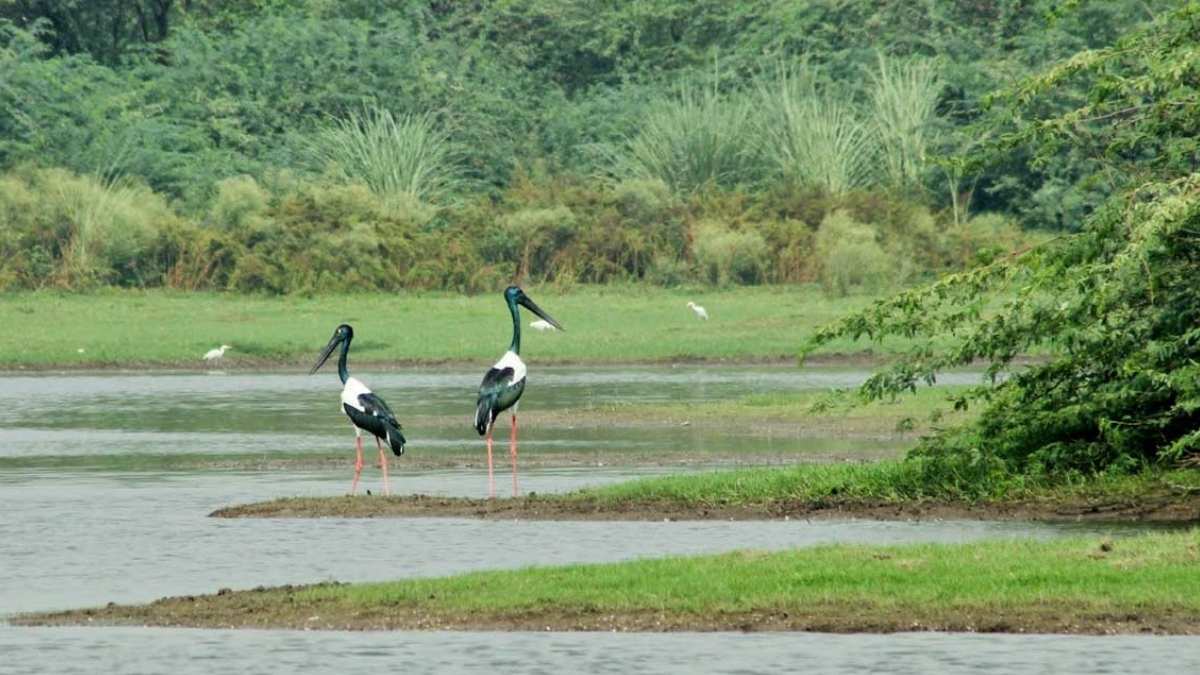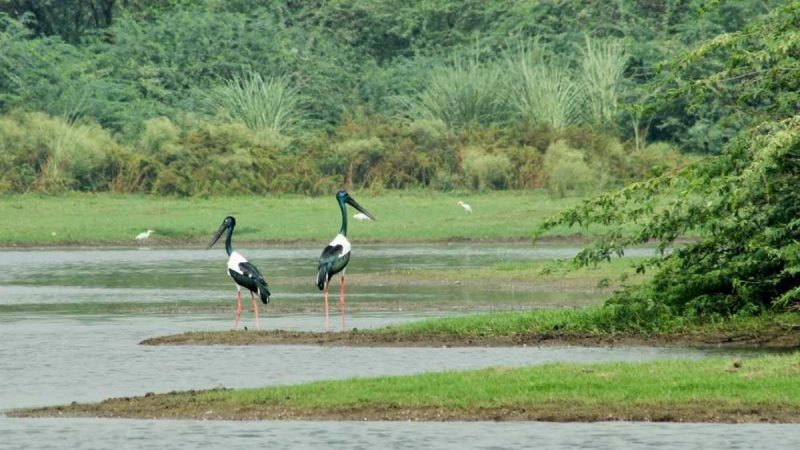Nestled in Agra, Sur Sarovar, commonly known as Keetham Lake, is more than just a human-made reservoir. Now, a flourishing ecosystem, it plays a vital role in supporting biodiversity.
Sur Sarovar, A Wetland Ecosystem
#SaveBirdsServeNature
Keetham lake, also known as the Sur Sarovar, is a scenic lake just outside Agra on the Agra – Delhi highway (NH 2). pic.twitter.com/TcJBzrzcbx— Arshad Rashid Malik (@ArshuSpeaks) November 2, 2020
The origins of Sur Sarovar can be traced back to the time of the Mughal Empire. It was constructed to address the water scarcity issues faced by the rapidly growing city of Agra. As the city’s population expanded, the water demand surged, prompting the creation of this reservoir. Created in the 18th century to provide water to the city of Agra during the scorching summer months, Sur Sarovar has since transformed into a significant wetland habitat. Recognised as a Ramsar site, this precious environment is a sanctuary for both resident and migratory birds.
The transformation of Sur Sarovar from a mere water reservoir into a vibrant wetland ecosystem is a fascinating tale of nature’s resilience. Over time, the water body attracted various plant and animal species, creating a diverse habitat. The lake is surrounded by a patchwork of wetlands, marshes, and scrubland, which provide essential resources and shelter for a myriad of wildlife.
The Uttar Pradesh government, in 1991, declared the Keetham Lake and the surrounding land as Soor Sarovar Bird Sanctuary. In recognition of its ecological significance, Sur Sarovar was designated as a Ramsar site in 2020.
Biodiversity Hotspot
“The bird is powered by its own life and by its motivation.” – A. P. J. Abdul Kalam @IndiAves
Happy Independence Day to all
Hope we could keep these wild habitats preserved. Ruddy Shelducks and Spotbill Ducks taken from Sur Sarovar Lake few years ago. #FreeAsABird #IndiAves pic.twitter.com/1pT6kDBV1I— Nishand Venugopal (@nvgpal79) August 15, 2021
According to an article published in Down To Earth, this region is recognised as a vital bird habitat in North India. It hosts over 160 species, including globally threatened birds such as the lesser adjutant, greater spotted eagle, and the Sarus crane. It also supports near-threatened species like the black-necked stork, painted stork, oriental darter, oriental white ibis, spot-billed pelican, and Dalmatian pelican. The lake’s water quality, coupled with its rich aquatic vegetation, provides an excellent feeding ground for these birds. The surrounding grasslands and scrub offer nesting sites and cover, further enhancing the area’s ecological value. This blend of habitats ensures that Sur Sarovar remains an important refuge for a wide variety of bird species throughout the year.
The best time to visit Sur Sarovar is during the winter months, from November to February when migratory birds flock to the lake. This period provides an incredible opportunity to witness a stunning array of bird species in their natural habitat.
Cover image credits: Website/Agra Tourism
First Published: October 11, 2024 3:58 PM




